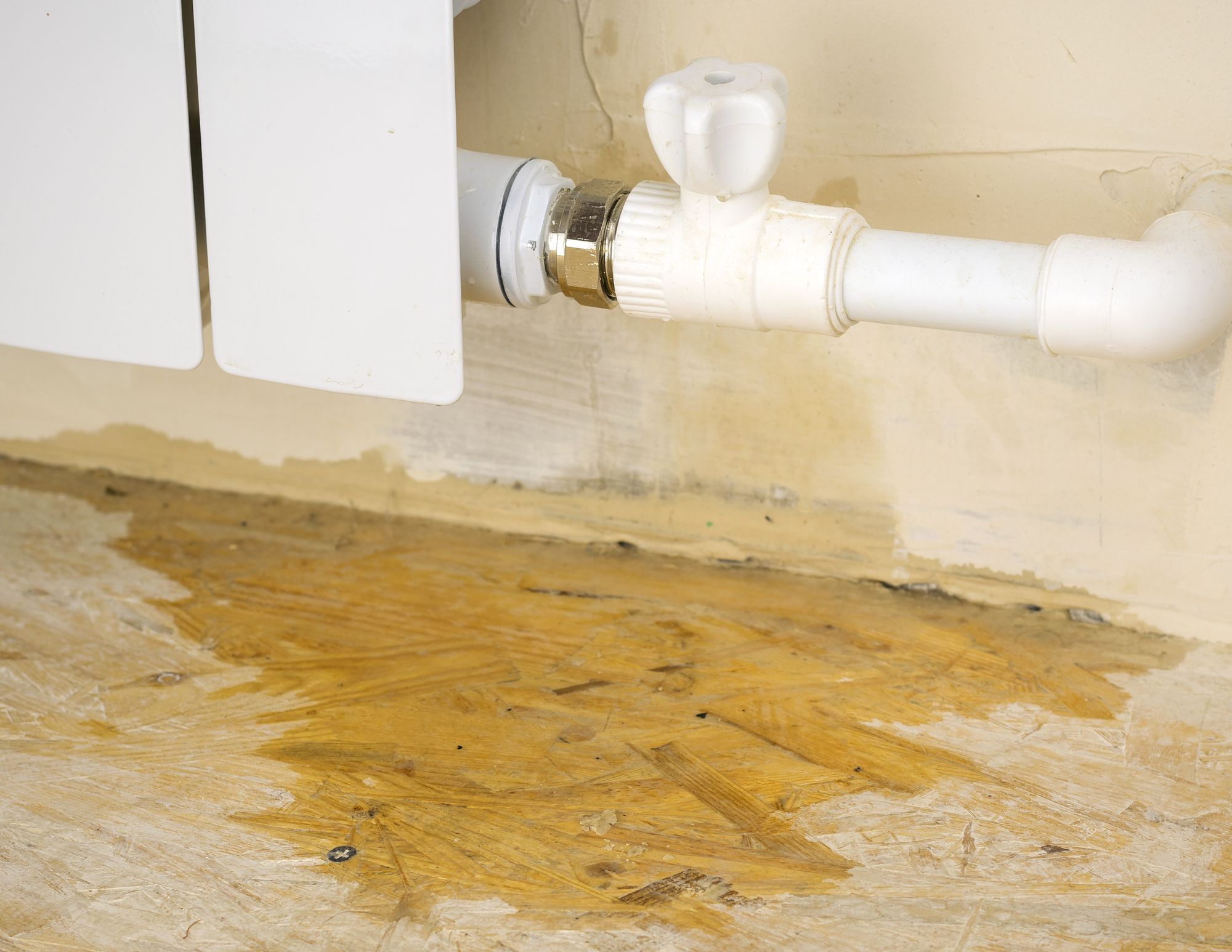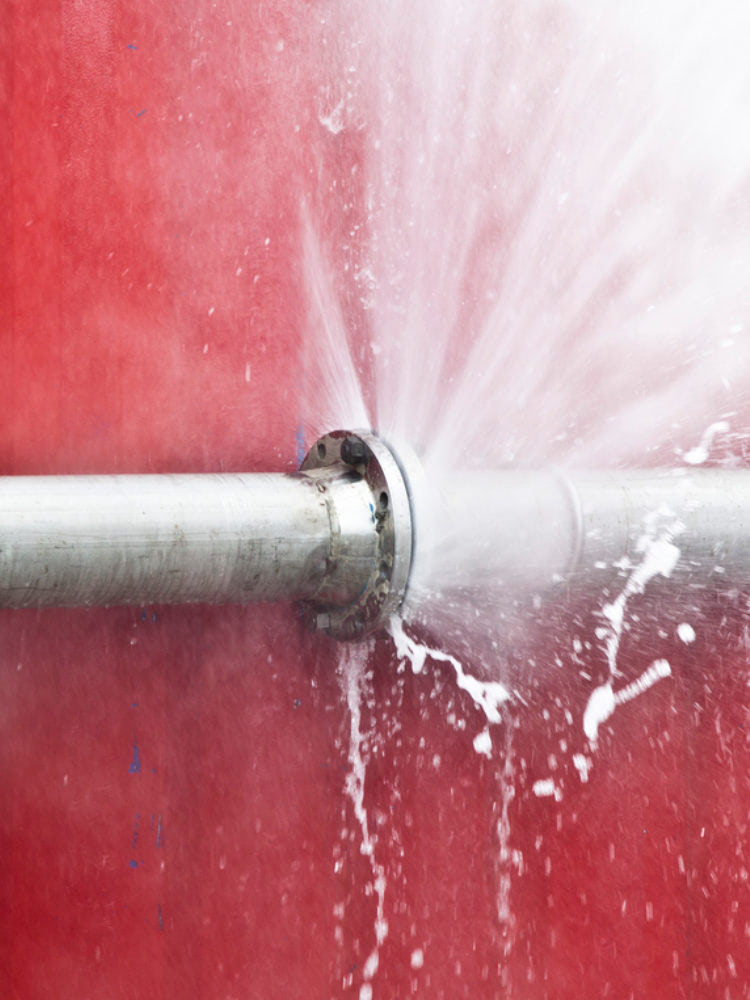The Six Most Common Water Leaks in Your Home: How They Happen and What to Do
The Six Most Common Water Leaks in Your Home: How They Happen and What to Do
Blog Article
This article following next involving How to detect water leaks in your home is really compelling. Don't skip it.

Leakages not just create waste of water yet can additionally trigger unnecessary damages to your home and advertise unwanted organic development. By comprehending and looking for everyday scenarios that trigger leakages, you can safeguard your home from future leakages and unneeded damage.
Elbowing in roots
Most water leaks begin outside your home rather than inside it. If you observe a sudden decline in water pressure, state in your faucet, take some time to head out as well as analyze your lawn. You could notice damp patches or sinkholes in your lawn, which might suggest that tree roots are attacking water lines creating water to leak out. You can have your plumber look for intrusion, specifically if you have trees or shrubs near your building.
Rusty water supply
This may be the cause of staining or bending on your water pipelines. If our plumbing system is old, take into consideration replacing the pipes since they are at a greater danger of rust than the more recent versions.
Defective Pipe Joints
The factor at which your pipes connect is often the weakest web link in the waterline. Pipeline joints can wear away over time, resulting in water leaks. Sadly, the majority of pipeline joints are not easily visible. If you have loud pipelines that make ticking or banging noises, particularly when the hot water is turned on, your pipe joints are probably under a lot of stress. It is suggested to have your plumber evaluate your system annually.
Immediate temperature changes.
Severe temperature level modifications in our pipes can create them to increase as well as contract unexpectedly. This development as well as contraction might create fractures in the pipes, especially if the temperature level are below freezing. If you kept an eye on how your plumbing functions, it would be best. The presence of the formerly pointed out situations frequently shows a high risk.
Poor Water Connectors
At times, a leakage can be triggered by loosened hoses as well as pipelines that supply your home appliances. In case of a water connections leakage, you may discover water running straight from the supply line or pools around your home appliances.
Obstructed Drains
Clogged drains pipes could be bothersome and also inconveniencing, but they can often wind up causing an overflow causing break pipes. Keep eliminating any kind of materials that may decrease your drains pipes that could block them to stay clear of such aggravations.
All the above are reasons for leakages yet not all water leakages result from plumbing leaks; some leaks may come from roof covering leaks. All leaks ought to be fixed quickly to avoid water damage.
Leaks not only trigger waste of water however can additionally create unneeded damages to your residence and also promote unwanted organic growth. By comprehending as well as looking for day-to-day scenarios that create leakages, you can protect your home from future leaks and also unneeded damages. Today, we will certainly look at 6 leakage causes that may be causing your pipelines to trickle.
At times, a leakage can be created by loosened tubes and also pipelines that provide your home appliances. In instance of a water links leakage, you may discover water running directly from the supply line or puddles around your home appliances.
How To Check For Water Leak In Your Home
How To Check for Leaks
The average household's leaks can account for nearly 10,000 gallons of water wasted every year and ten percent of homes have leaks that waste 90 gallons or more per day. Common types of leaks found in the home are worn toilet flappers, dripping faucets, and other leaking valves. These types of leaks are often easy to fix, requiring only a few tools and hardware that can pay for themselves in water savings. Fixing easily corrected household water leaks can save homeowners about 10 percent on their water bills.
To check for leaks in your home, you first need to determine whether you're wasting water and then identify the source of the leak. Here are some tips for finding leaks:
Take a look at your water usage during a colder month, such as January or February. If a family of four exceeds 12,000 gallons per month, there are serious leaks.
Check your water meter before and after a two-hour period when no water is being used. If the meter changes at all, you probably have a leak.
Identify toilet leaks by placing a drop of food coloring in the toilet tank. If any color shows up in the bowl after 10 minutes, you have a leak. (Be sure to flush immediately after the experiment to avoid staining the tank.)
Examine faucet gaskets and pipe fittings for any water on the outside of the pipe to check for surface leaks.
Undetected water leaks can happen without the home or business owner even realizing. If you suspect a water leak, but not able to find the source. It is time to contact a professional water leak detection service, The Leak Doctor.
How To Find a Water Leak In Your Home
https://www.leakdoctor.com/blog/How-To-Check-For-Water-Leak-In-Your-Home_AE197.html

Hopefully you enjoyed our post on How Fast Water Damage Can Ruin Your Home. Thanks so much for spending some time to read through our piece of content. If you please take a moment to promote this blog post if you appreciated it. Thank you for your time spent reading it.
Order Repair Report this page